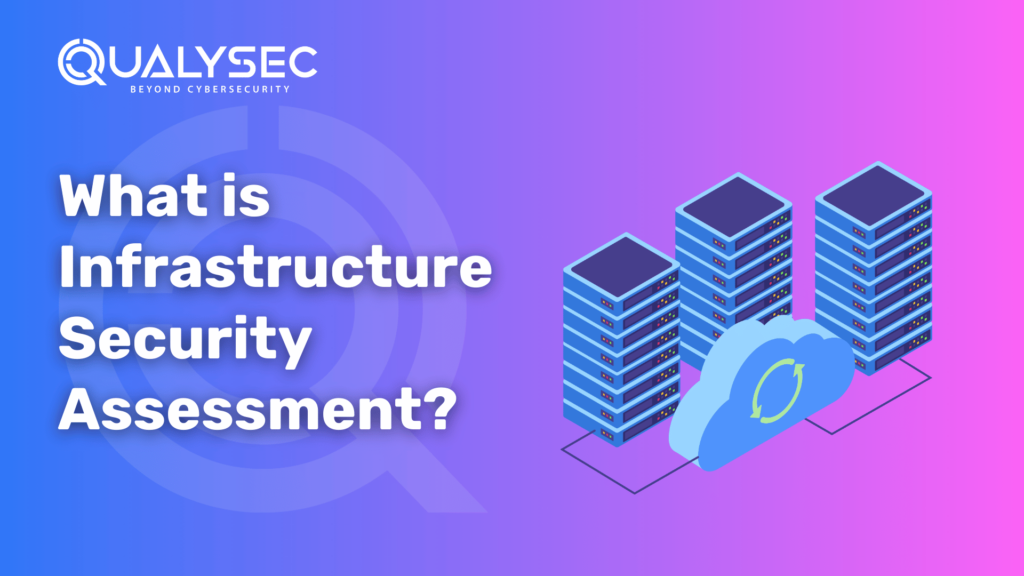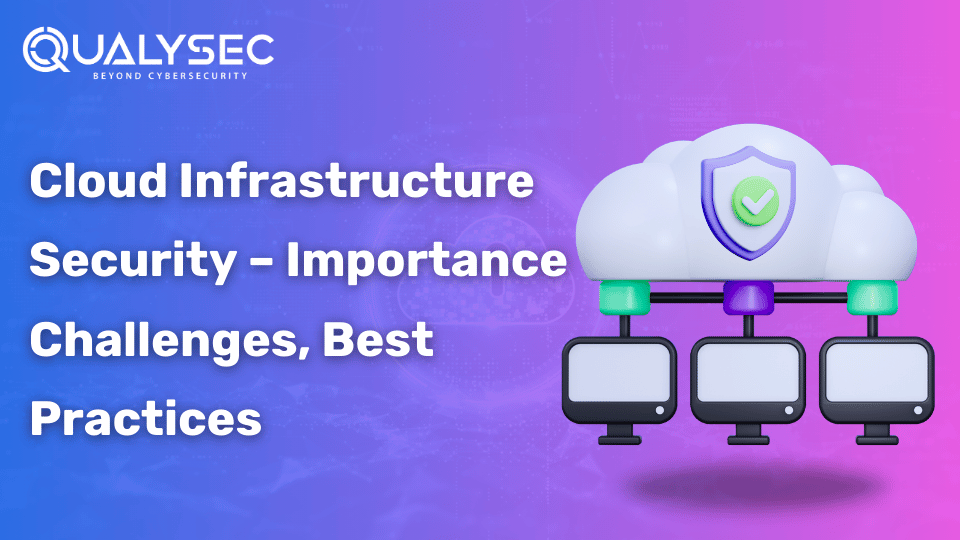What is Infrastructure Security Assessment?
Never before has it been so crucial for cybersecurity to keep track of our digital lives and careers. This guide will provide insight into the fascinating subject of keeping our systems and networks safe. Even if you’re a sage in IT technology or still beginning to make a name, the blog will seek to remove the mysticism surrounding the concept of infrastructure security assessment and its role in our digital world. Prepare to delve into the why, how, and what and how of this crucial area, covering everything from identifying internal vs external infrastructure assessment to comprehending various tests for safety and talking about the advantages and difficulties associated with them. You will ultimately understand this important aspect of security for information technology. What is Infrastructure Security Assessment? Infrastructure security assessment, to explain it briefly, is a preventative strategy to finding weaknesses in the architecture before cybercriminals can take advantage of it. It requires methodically analysing an application’s, network’s, or IT infrastructure’s security aspects. Imagine it is the information technology systems’ version of a regular physical exam. It is a proactive step meant for minimising difficulties before they arise. How Does Internal Infrastructure Assessment Differ From External Infrastructure Assessment? Internal infrastructure assessment focuses on dangers inside the company. This could range from a resentful worker obtaining private information to systems that are wrongly installed, resulting in safety breaches. Internal assessment seeks to close the gaps in the system’s protection. An external infrastructure assessment, on the other hand, concentrates on external hazards. It all comes down to online threats, including fraudulent emails, infectious agents, and attackers. The barriers towards these outside dangers are strengthened by external assessment. Assessment of the exterior and internal infrastructure is essential. To fully protect the systems, you require a strong defence barrier on every level. “Learn more about Cloud Infrastructure Security here!“ Different Security Assessment Methods Vulnerability Scanning: The tech version of reconnaissance is vulnerability scanning. This automated test sweeps your entire system for potential weaknesses or chinks in your digital safety and hunts for them. It gives a foundation program early warning system, which provides a guiding light toward areas that need immediate attention and fortification. Penetration Testing: Also known as “pen testing“, this is a try-everything, full-on cyber attack against a business system. Think of it as putting your bridge to a stress test by rolling heavy trucks over it. The idea is to simulate what the real-life attack scenarios will look like to understand how strong your digital defences would hold up when threatened. Security Auditing: One has subsequently allowed an intruder to access the computer systems. A security assessment is a thorough analysis of your security-related procedures and operations. It provides thorough, detailed instructions that go over every facet of your technique’s safety features. Make sure that the rules are regularly implemented and align with market standards. Risk Assessment: All of the assessments listed above constitute the troops and monitors; the risk assessment serves as the operational control centre. Assess possible risks, assess potential violence, and select risks based on intensity. This is highly excellent administration, and it provides a strategy framework for effective risk reduction. Posture Assessment: Finally, we come to the posture assessment. It is like having a complete physical examination done on your security system. Therefore, you will have a holistic view of your strategy for security because your overall health and readiness regarding security are understood. It shows whether your digital fortress is strong and resilient or whether some areas require improvement. The Advantages And Disadvantages Of Assessing Security Infrastructure The advantages of infrastructure security assessments are certain: By locating and fixing flaws before they can be abused, it improves safety. Customers, as well as collaborators who believe you can handle their data, feel more confident as a result. By avoiding expensive data violations, it might save businesses a lot of money. The disadvantages of Infrastructure security assessment are: Assessing infrastructure can take a lot of effort and demands a high level of professional know-how. Additionally, it necessitates continuous dedication—security risks are ever-changing, so assessment needs to be a routine aspect of every business. However, it makes the expenditure worthwhile. One can strengthen a virtual stronghold, safeguard priceless assets, and establish a secure environment for the companies to flourish by putting strong security assessment into practice. Also, check ” vulnerability assessment services for more insights. Important Things to Think About When Assessing Infrastructure Security Make a Guidelines: Create a thorough checklist that lists every component of your system that requires testing. This will guarantee that during the testing procedure, nothing is overlooked. Below is an example of a checklist. Use a TCS SSA Method: A thorough approach that takes into account possible threats, existing controls, and an evaluation of system security is the Risk, Management, and System Security Assessment (TCS SSA). It’s an excellent structure to work with when you’re testing. Take Advantage of penetration testing: An important component of any security assessment approach should be advanced penetration testing. It’s crucial to comprehend how a hacker could get past your security measures. Guideline for Assessing Infrastructure Security 1. Pre-assessment plan – Determine the purpose of the evaluation – Specify the extent of testing (system, network, application) – Choose test types performed (vulnerable scanning, penetration test, etc.) – Identify the test approach to be used 2. System and network assessment – Check system configuration – Latest updates and patch check – Check Network Architecture and Segmentation – Firewall setup and validity 3. Application safety test – Identify possible vulnerabilities in applications – Check for insecure data transmission – Injection attack tests (SQL, OS, and LDAP injections) – Valid session handling, certification and access control 4. Vulnerable scanning – Perform an automated scan to find system vulnerabilities – Priority to vulnerabilities based on severity – Planning remediation strategies for vulnerabilities exposed 5. Penetration test – To determine the exploitable weaknesses, imitate the attack on the system – Document conclusions and impact – Suggest Remediation Strategies 6. Risk assessment –





